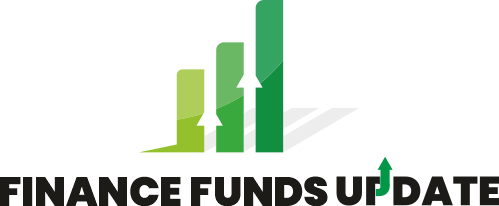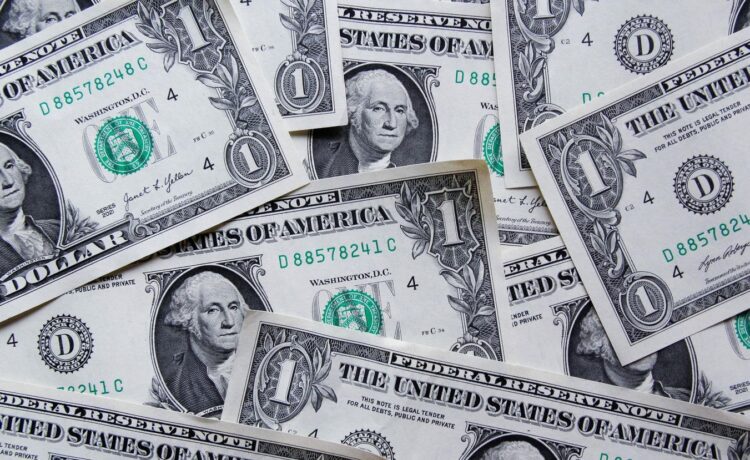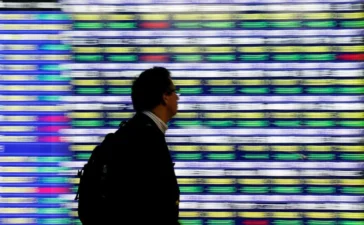Zain Jaffer is the founder and president of Zain Ventures, a family office that invests in real estate and proptech.
In interviews, U.S. President Donald Trump and Treasury Secretary Scott Bessent have mentioned that they want the U.S. dollar to stay strong. Technically speaking, should the U.S. dollar be strong or weak relative to other currencies? It depends whose point of view you take. The fact that whatever position someone takes has pros and cons reveals the complexity of their positions.
Many Americans might wonder, what is wrong with a strong U.S. dollar? For U.S. tourists and expatriates abroad, they get more local currency for their money. For U.S. buyers who want to buy foreign imported cars, trucks and other products, these items become cheaper, minus any added tariffs, of course. Even foreigners and foreign companies who earn in dollars benefit more relative to the local currency in their home countries.
What It Means For Businesses
The problem comes from the opposite side of the fence. U.S. companies that want to export abroad could have a hard time selling American products and services because foreign buyers have to pay more to get our goods, so foreign buyers may end up choosing alternative cheaper products, often from China and Japan.
Also, when we import products from abroad since a strong dollar allows us to get more for our money, it is also an incentive to import foreign goods and services outside of any tariffs imposed. Hence, more Americans can afford Toyotas, Hondas, Mercedes, Porsches and other foreign goods.
Tariffs skew the situation. But that is a different discussion, and I will not cover that here.
Take note that the impact on the strength of the dollar in daily foreign exchange markets is mostly based on the demand of foreign buyers who need dollars versus our own demand for those foreign currencies. That decision depends on how much these foreign buyers want our goods, services, investments and U.S. treasuries.
Manufacturing And Supply Chains
Basically, if we want American manufacturers to dominate globally, the U.S. dollar has to generally be weaker so foreign countries can afford those goods when we export from here. If not, U.S. companies are then forced to do manufacturing in those foreign countries so the goods become cheaper there.
Where it gets complex is when supply chains, such as for automobiles, aircraft, computers and other complex products, are huge and global. So, we may end up paying more for foreign components that go into American products.
Trump wants to dismantle some of those global supply chains and move a lot of manufacturing here. But it is not a pure cost consideration. Other aspects, such as quality levels, impact industries like semiconductors and aircraft. Not everything appropriate for some product supply chains is made here with the desired quality levels.
Interest Rates And Other Global Economic Factors
Aside from demand for U.S. goods and services, other factors like interest rates and bond yields also impact the price of the dollar. The price of the dollar versus other currencies is determined by supply and demand in daily foreign exchange (forex) markets. When more buyers abroad want dollars more than other currencies, the dollar becomes priced higher.
For example, when U.S. Treasury bonds like the 10-year bond hit rates of 5% and higher, that is a fixed rate on the principal guaranteed by the U.S. government. Hence, both local and also foreign buyers and investors want to keep some of their money in those assets at a higher rate, and this drives demand up for the U.S. dollar.
When these long-duration (e.g., 10-year) bond yields go down at auctions, such as when the U.S. decides to cut down on spending and decides it does not need to borrow as much debt from the markets, then foreign investors often buy less U.S. dollars and invest elsewhere, like other foreign assets and markets. Less foreign buyers because of lower Treasury bond yields can help translate into lower U.S. dollar valuations vis other currencies.
In fact, the dollar did fall when Trump called for interest rate cuts in late January 2025, although technically, he has limited power over the Federal Reserve, mainly just to appoint its chairman.
Other country rates also impact this demand. For many years, the Bank of Japan has offered zero-interest loans to borrowers, who in turn used some of these loans to buy U.S. dollars to invest in U.S. stocks and crypto in what is known as the Japan carry trade. Recently, however, the BOJ has been signaling some slight interest rate hikes to the market, which has prompted some borrowers to reverse this carry trade. In effect, they are selling some of their American investments back to U.S. dollars so they can buy Yen to pay off their Japanese debts. This, in turn, weakens the dollar as the sellers unload huge amounts of their U.S. investments to buy Yen.
What Companies Can Do
So, should the dollar be strong or weak? It depends who you ask, of course. Since foreign exchange trading is market driven, it is the market itself that seeks the right price depending on the supply and demand of dollars at that given time, driven by too many factors to discuss here.
Moving forward, it will probably be prudent for U.S. companies to find U.S. sources for their supply chains, if feasible, or at least lessen dependence on foreign goods and services. Companies that use imported parts but also export will likely need to recalculate their financials to see where the new realities lie. Also, those relying on a strong U.S. dollar should re-examine their temporary advantage at the moment and consider whether it will still work with a weaker dollar.
Forbes Business Council is the foremost growth and networking organization for business owners and leaders. Do I qualify?
















